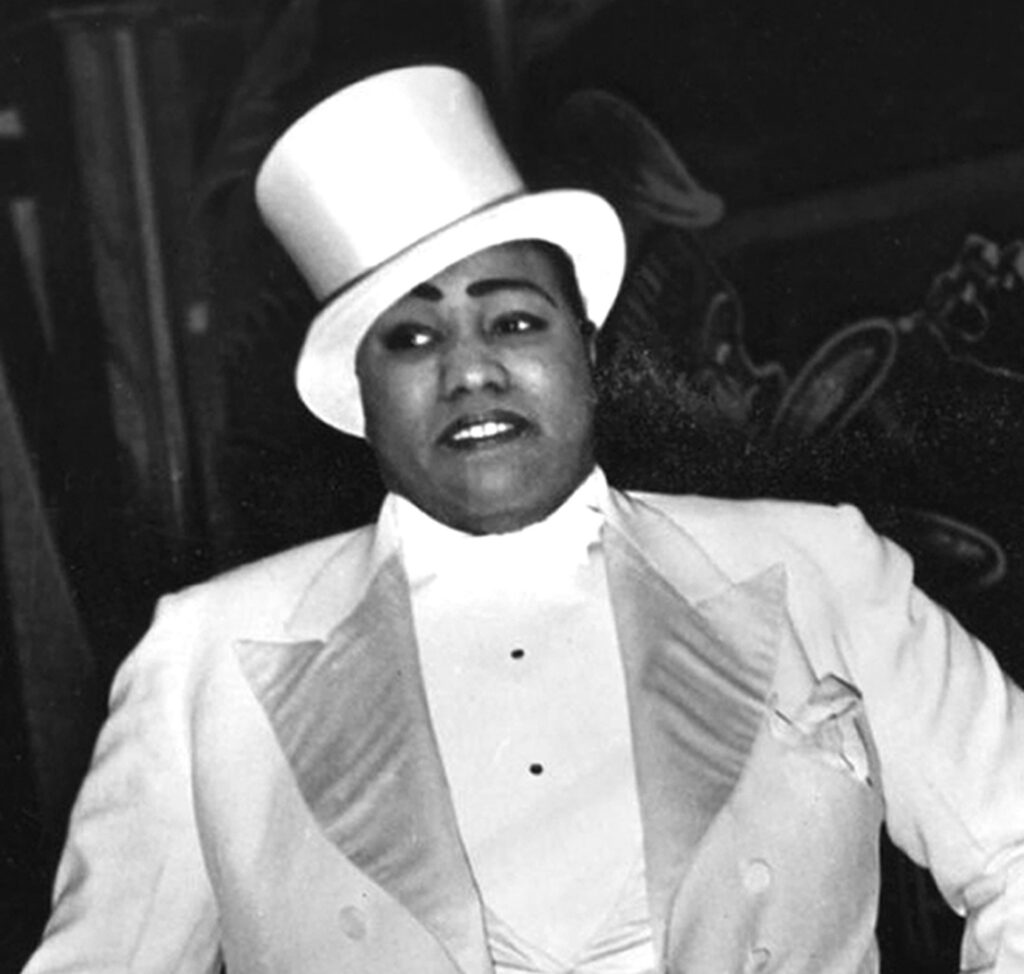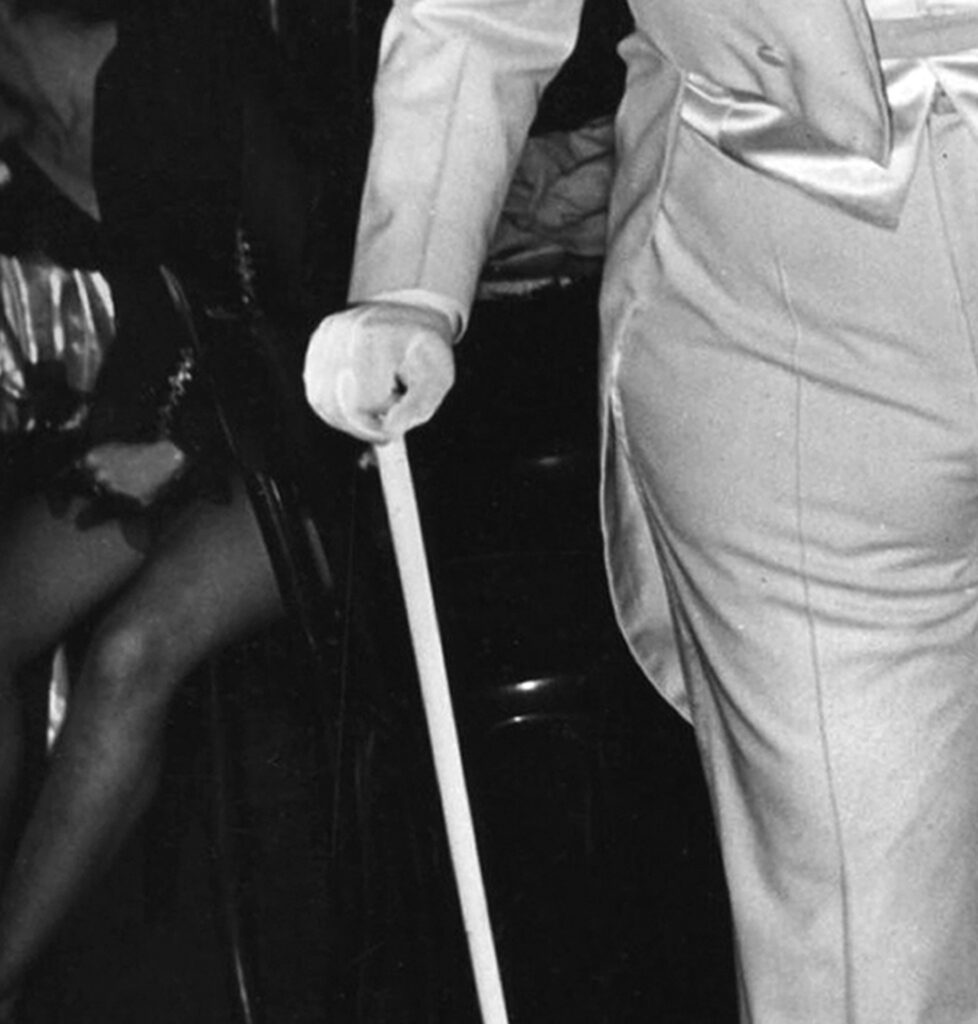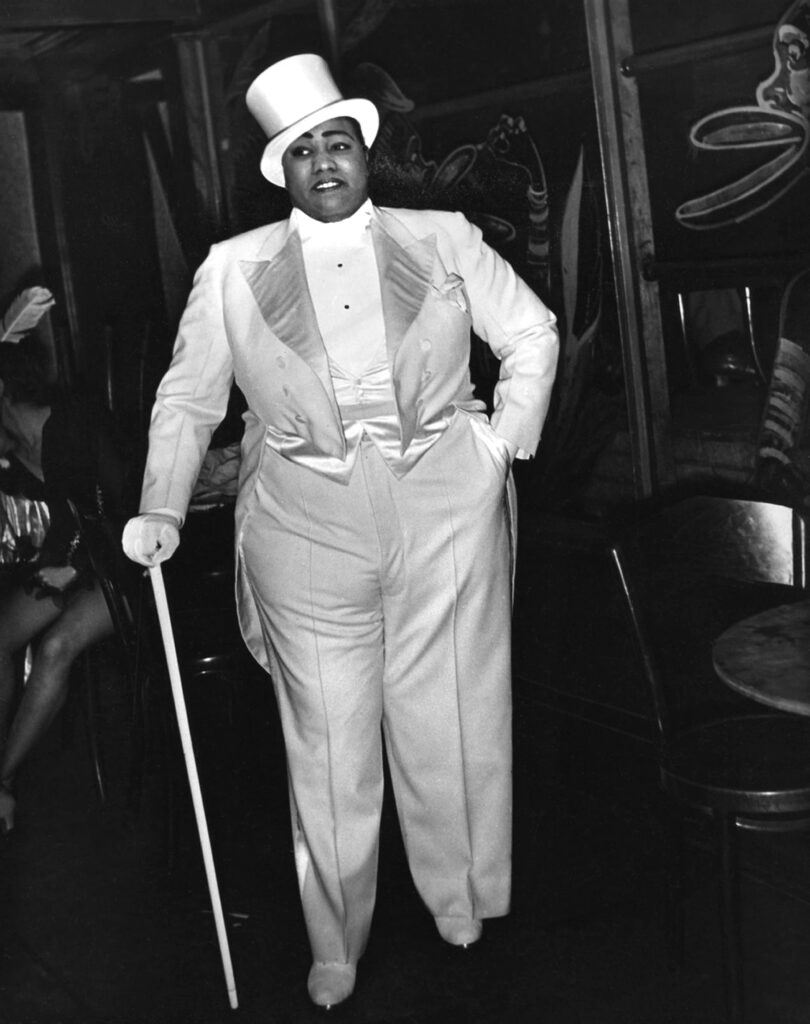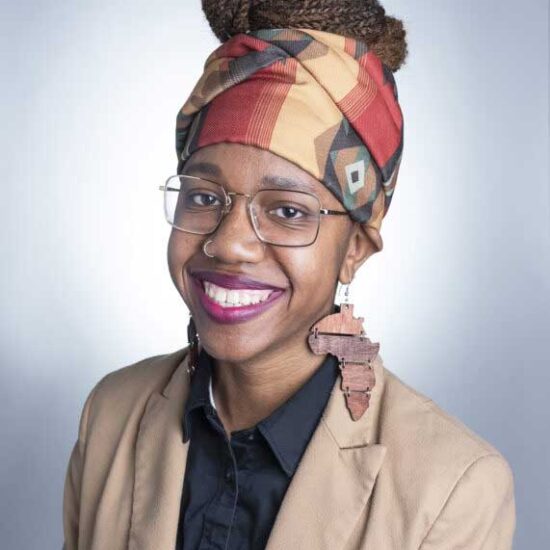Photo by Michael Ochs Archives/Getty Images
I would like you to take a few moments to look carefully at this photograph. How would you describe the person you see?
Some might see a dapperly dressed performer in a different era. Others might be tempted to use antiquated pejoratives used to describe women who dress as men. Some might try to compartmentalize her into the categories of woman, Black, and Queer.
The acts of looking and seeing are intimate, sometimes uncomfortable, experiences. However, I invite you to look with me at a pioneer of Queer culture, Gladys Bentley.
Queer people have often been left out of our understanding of Black history. When queerness is included in a discussion of Black history, it most often focuses on Black men.
Look, then, at Gladys Bentley.
Bentley (1907-1960) was known as a performer who consistently and unapologetically broke the unspoken rules concerning gender norms. Her style, as demonstrated in this photo from her performance at Harlem’s Ubangi Club, circa 1930, could be considered gender nonconforming.
Bentley wore a white tuxedo with tails, a white top hat, and a cane for her performances. She sometimes used the stage name Bobbie Minton, which was as androgynous as her appearance.


In addition to her own gender nonconformity, she performed with men in drag as her background singers, choosing to associate herself with those who similarly opted to live outside of the gender binary.
Bentley also did not hide the fact that she was a lesbian—she was proud and out in a time when social norms made it dangerous to be Black and Queer. Her truth was also present in her lyrics. While we today may not consider her music to be explicit, her songs about loving women were considered as scandalous as her clothing choices.
Bentley was known for changing the lyrics of popular songs to make them “lewd.” An example of this can be found in her remix of the song “My Alice Blue Gown.” The original lyrics were:
“All the world seemed to smile all around
‘Til it wilted, I wore it,
I’ll always adore it
My sweet little Alice blue gown.”
Bentley’s version went as follows:
“And he said, ‘Dearie please turn around’
And he shoved that big thing up my brown
He tore it. I bored it. Lord, how I adored it
My sweet little Alice blue gown.”
Her gender non-conforming lyrics can also be seen in this excerpt from “Boogie’n My Woogie”
“I was in the army
Now the war is through
Look out pretty mama
I’m coming home to you.”
Nevertheless, she continued to sing her truth and make music that felt good to her soul. The fact that raunchy lyrics were considered a “man’s domain” complicated public reception to her music.

However, Bentley made it very clear throughout her early career that she was not concerned with respectability politics or being a “proper lady.” Even today there are few women who sing openly about loving women. Openly sapphic love songs are still few and far between in mainstream music.
When the Great Depression brought the Harlem Renaissance to an end, Bentley faced difficult personal choices.
During the 1940s and 1950s, homosexuality was increasingly linked to communism, and to be accused of being communist could result in imprisonment. During this time Bentley made the decision to closet herself and live a subdued life that was considered more socially respectable for the 1940s and 1950s.
She traded the top hat for more traditionally feminine attire, even going as far as to proclaim that she was a “woman again” in a 1951 Ebony Magazine article. Although she had to closet herself to continue her career, she remains one of the first widely known gender outlaws.
Though Bentley went from living out loud to living quietly, she should still be remembered among the Queer ancestors who lived and died queerly, paving the way for future Black nonbinary and gender nonconforming people.

To learn more and experience Gladys Bentley’s music:
Eloisa Aquino, The Life and Times of Butch Dykes: Gladys Bentley, Issue 2, Volume 1 (Montreal: B&D Press, 2009).





